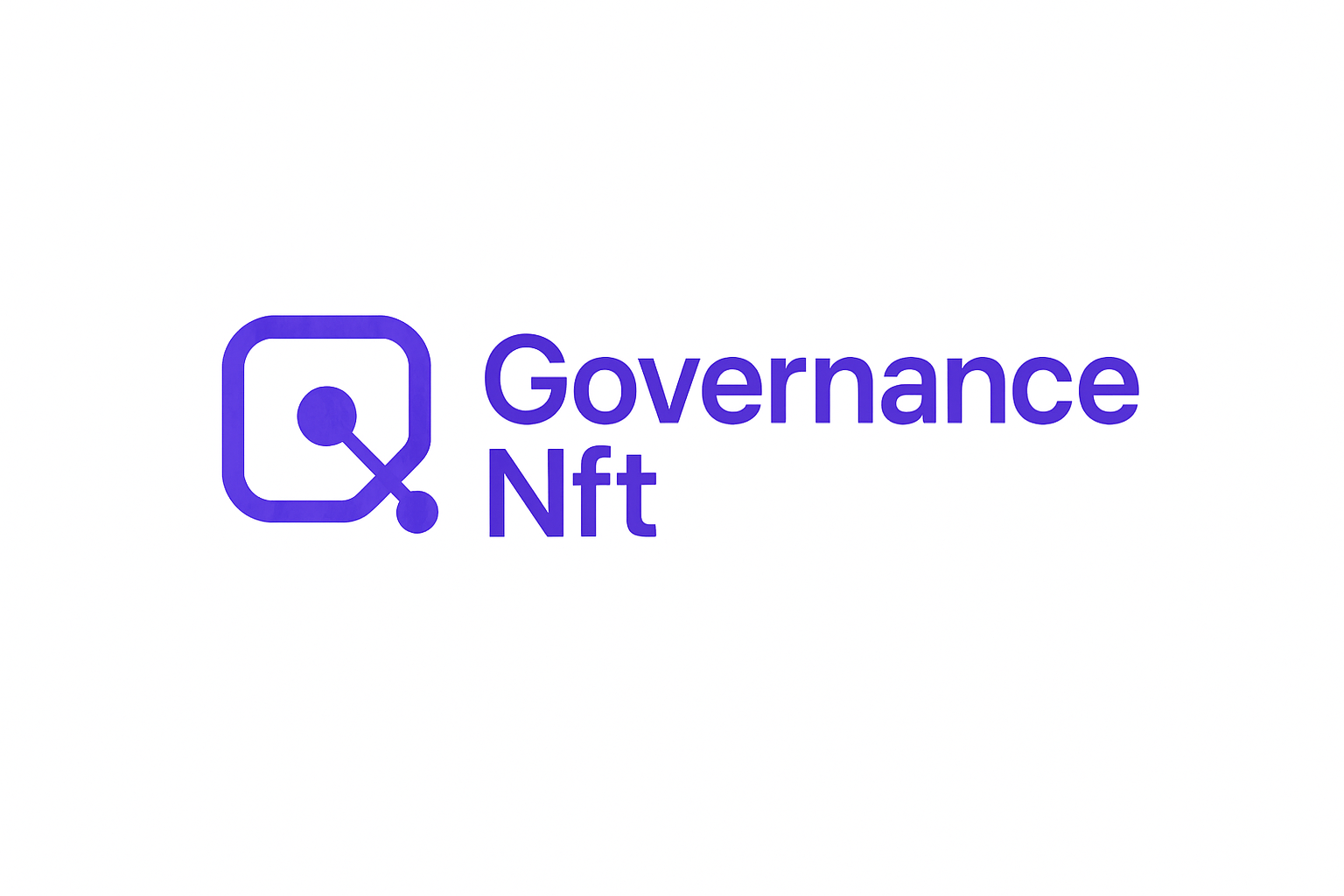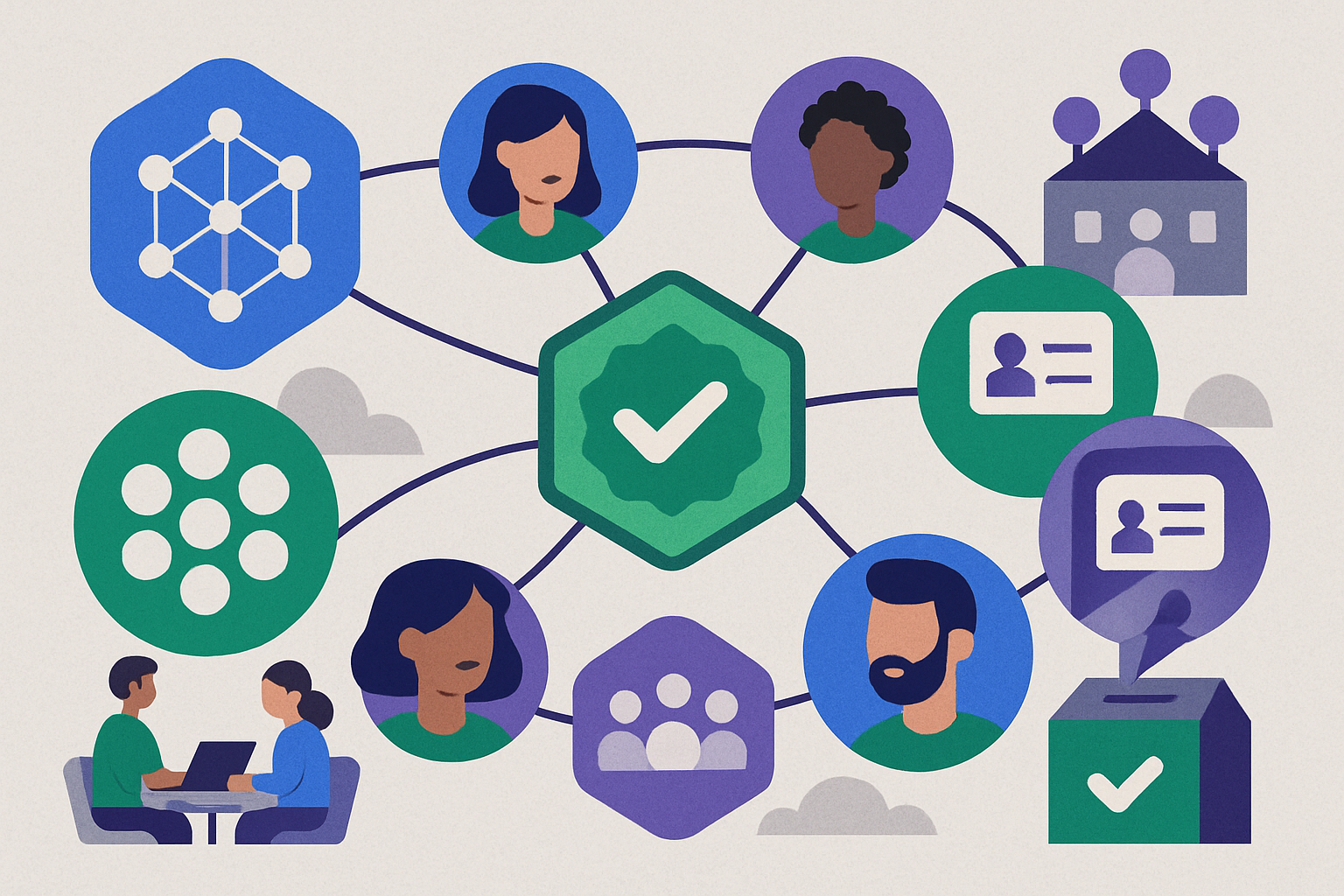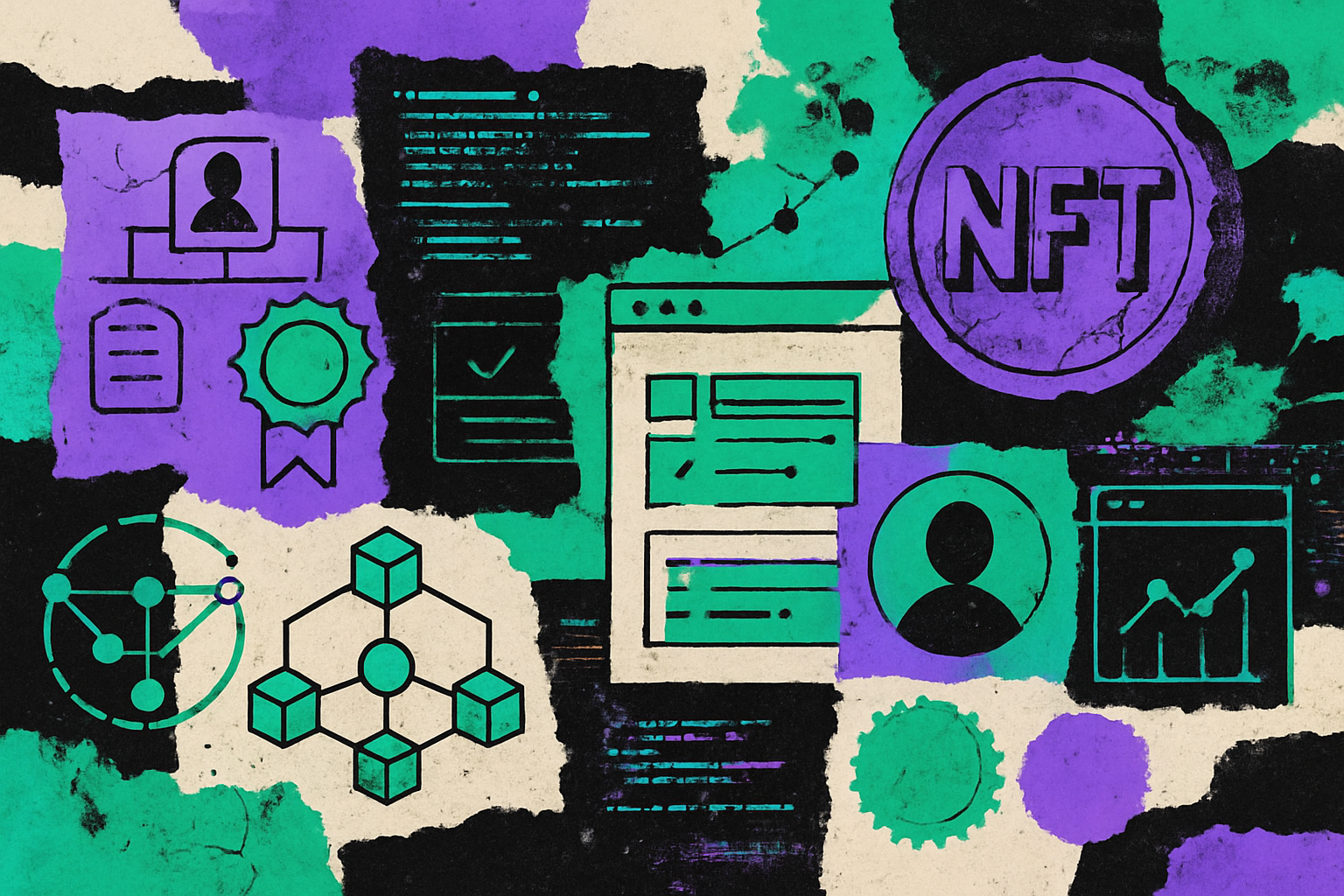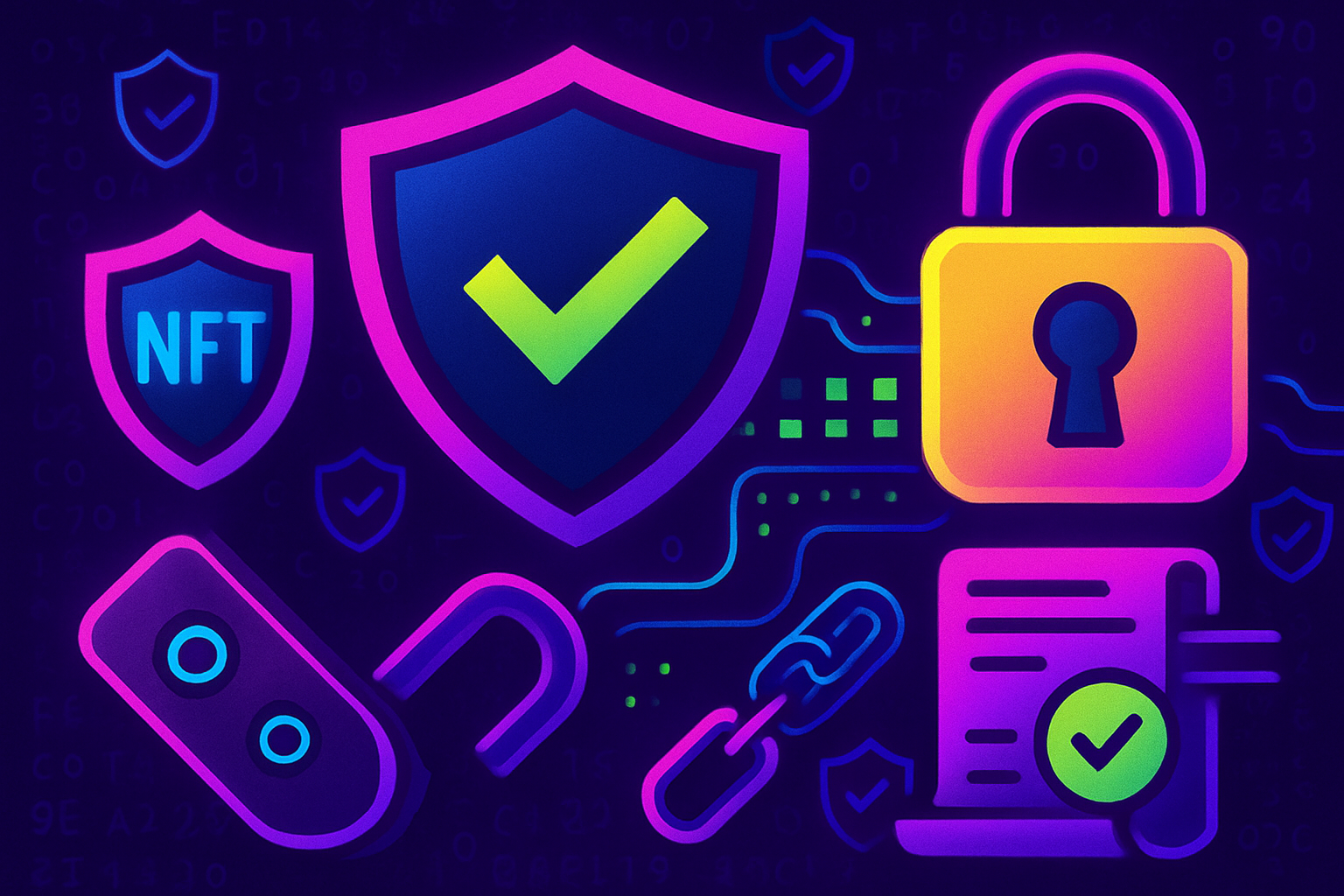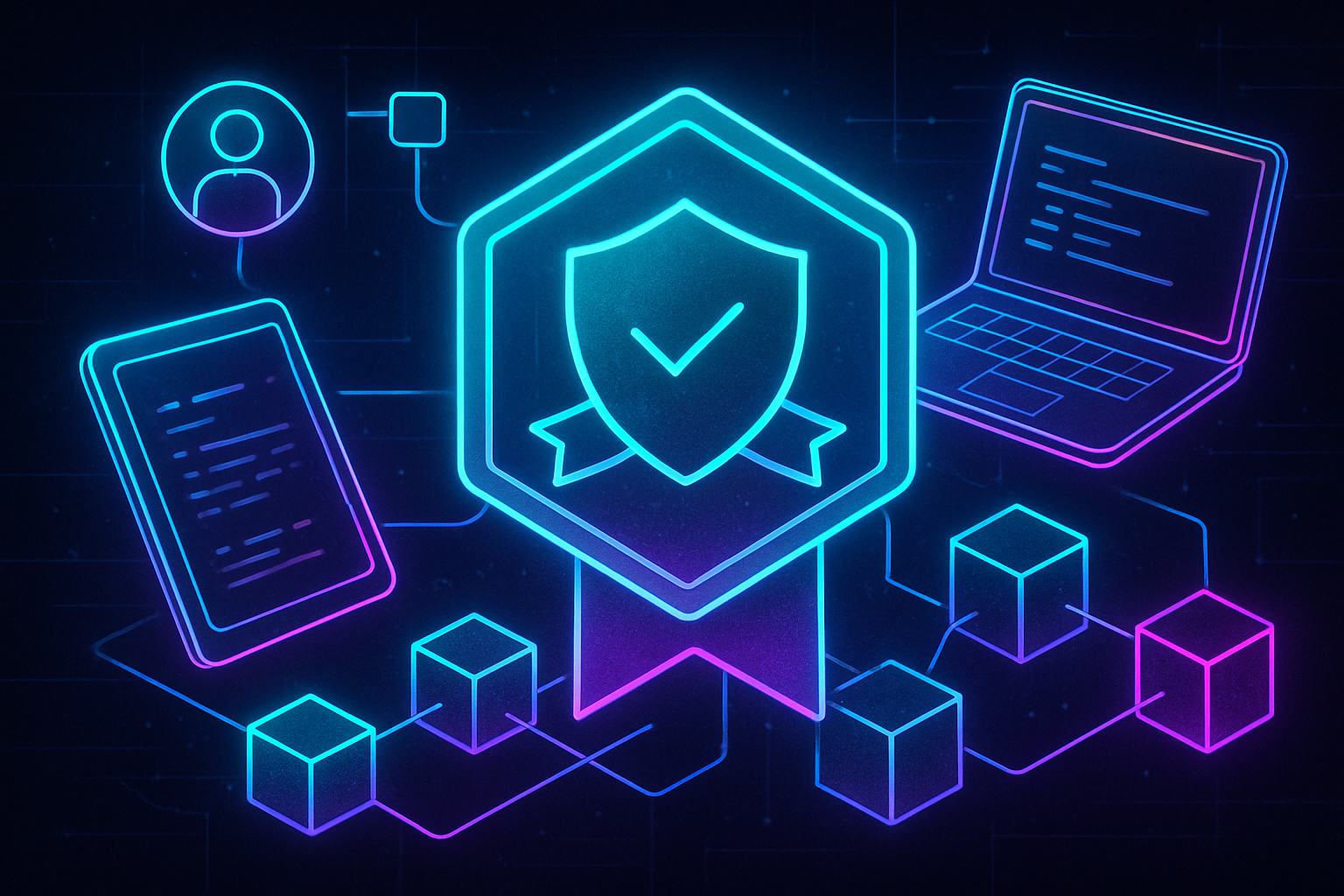
Decentralized Autonomous Organizations (DAOs) are redefining how communities coordinate, govern, and reward their members. In the fast-evolving world of web3, automating governance badge issuance using smart contracts is rapidly becoming a best practice for DAOs that value transparency, efficiency, and verifiable participation. This isn’t just a technical upgrade – it’s a paradigm shift that puts community recognition and accountability on-chain.

Why Automate Governance Badges?
Manual badge assignment in DAOs is prone to bias, human error, and administrative bottlenecks. By leveraging DAO smart contracts, organizations can automate the entire process of NFT badge issuance. This ensures that every badge awarded is earned according to transparent, pre-defined rules encoded directly into the blockchain.
Automated badges serve multiple functions:
- Verifiable Credentials: Every badge is an NFT on-chain, impossible to forge or duplicate.
- Real-Time Recognition: Members receive instant acknowledgment as soon as they meet specific contribution thresholds.
- Dynamism: Badges can evolve based on ongoing participation – for example, growing in rank as a member contributes more proposals or votes.
The Mechanics: How Smart Contracts Power Badge Automation
The core innovation lies in programmable logic. Smart contracts monitor on-chain activities such as proposal submissions, voting frequency, or delegation actions. When a member hits a milestone – say, participating in five governance votes – the contract automatically mints and assigns an NFT badge to their wallet. No admin intervention required.
A standout example is DAO BadgeX by DAOBase. Their system uses dynamic NFTs that update based on real-time engagement metrics like voting power or proposal activity. Not only does this provide tangible proof of involvement, but it also gamifies governance by making achievements visible across the DAO ecosystem.
Key Benefits of Automating NFT Badge Issuance for DAOs
-
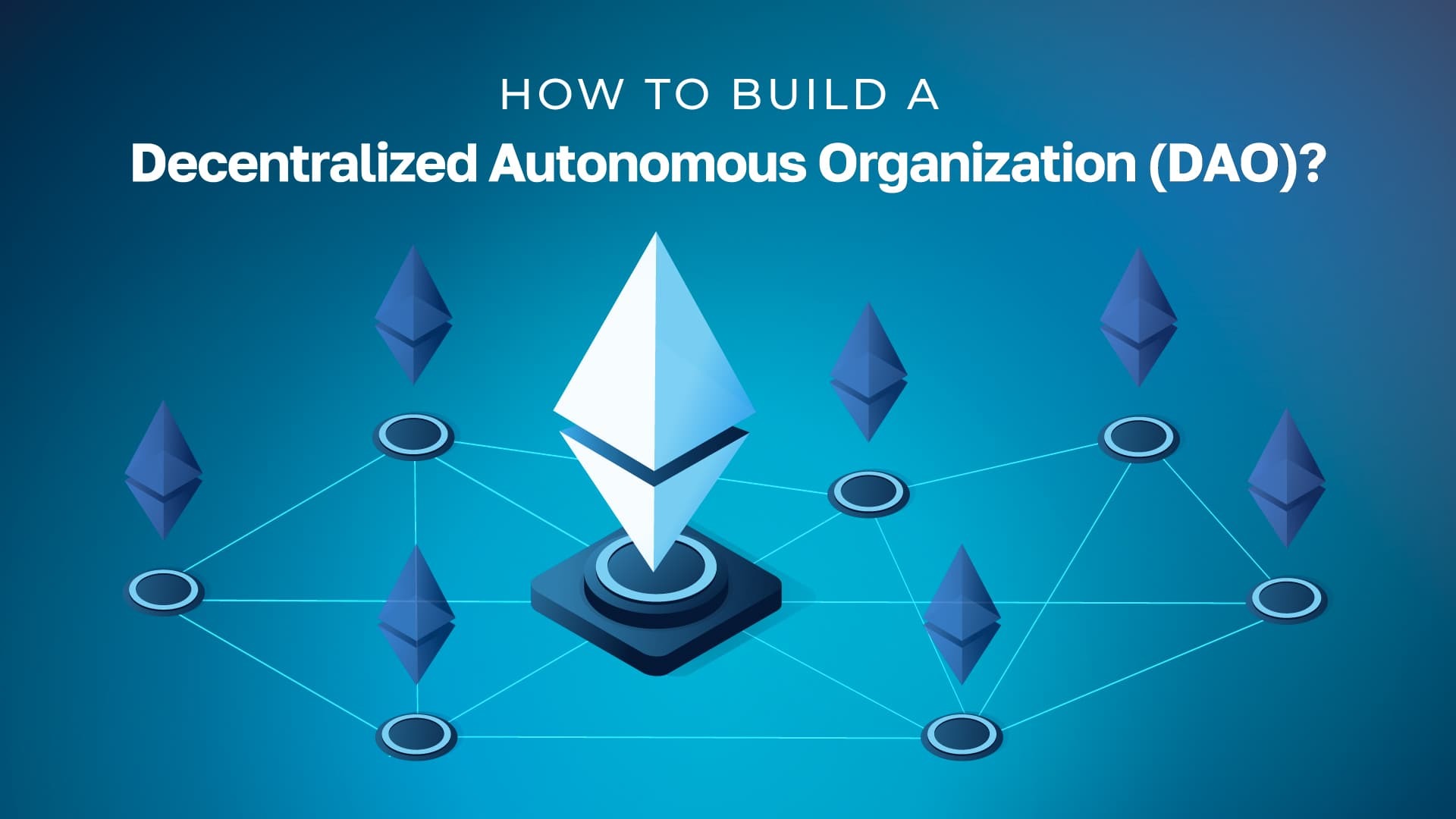
Enhanced Transparency: Automated badge issuance via smart contracts ensures that all criteria and processes are publicly verifiable on-chain, reducing ambiguity and fostering trust within the DAO community.
-

Operational Efficiency: By eliminating manual tracking and distribution, automated systems like DAO BadgeX by DAOBase streamline badge allocation, saving time and minimizing administrative overhead.
-

Real-Time Recognition: Members receive instant, tamper-proof badges as soon as they meet the predefined criteria, motivating ongoing participation and engagement.
-
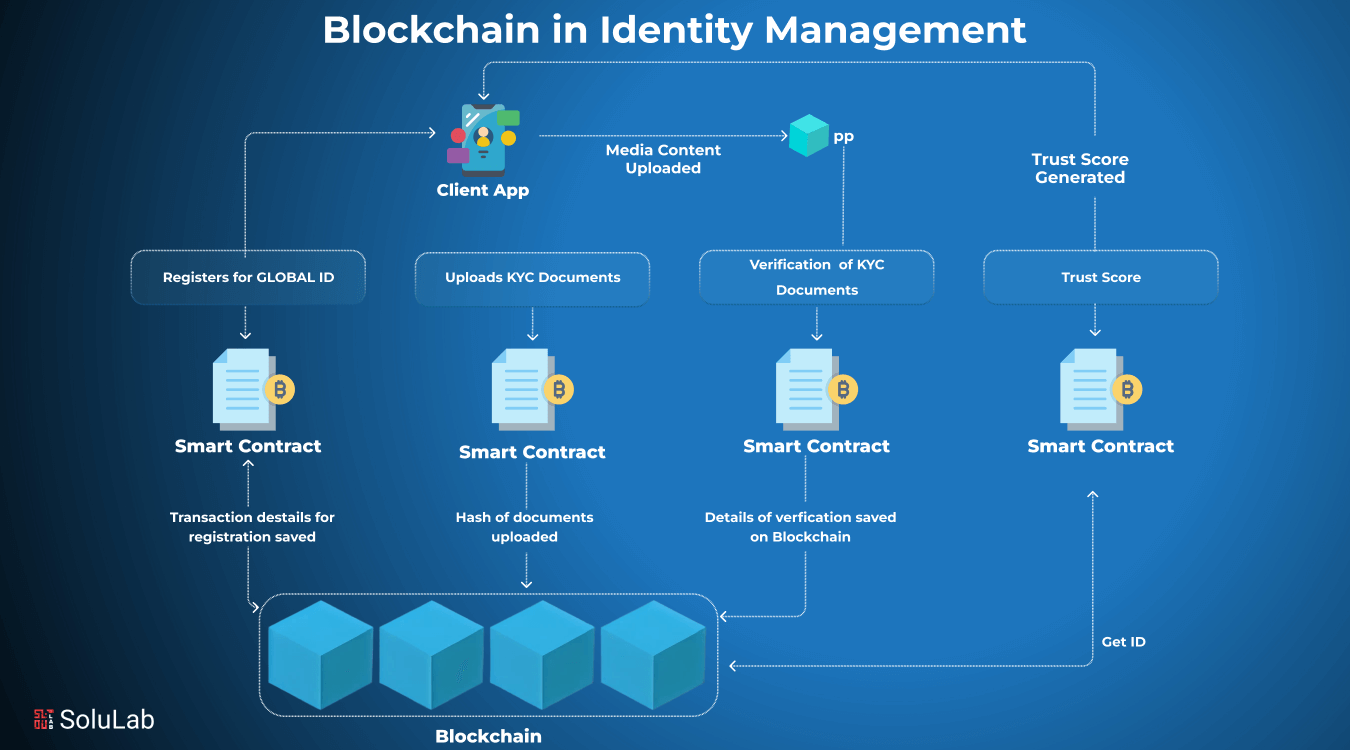
Immutable Record of Contributions: All badge issuance events are recorded on the blockchain, creating an auditable and permanent history of member achievements and governance actions.
-
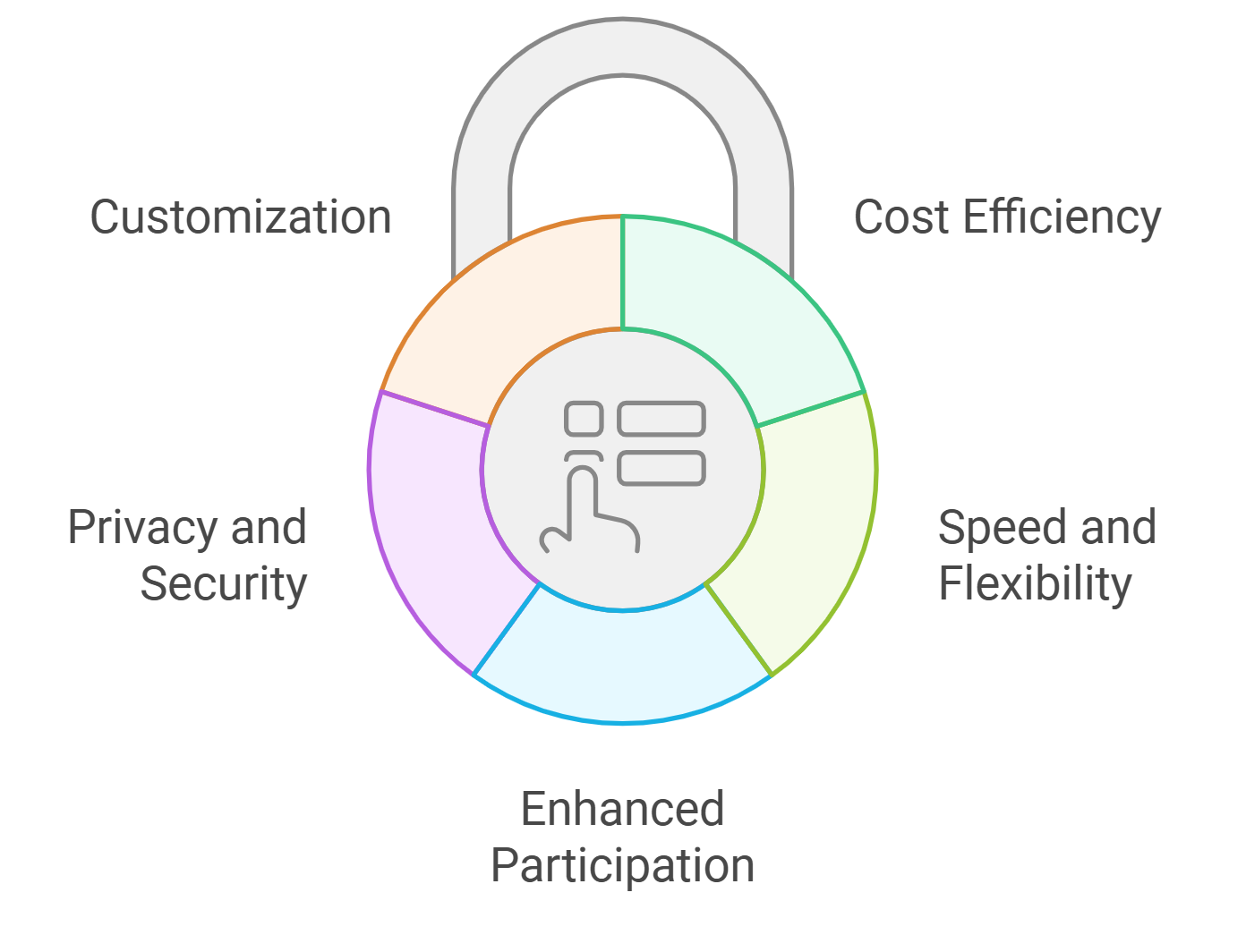
Seamless Integration with DAO Platforms: Automated badge systems can be integrated with leading DAO frameworks (e.g., Aragon, DAOstack), ensuring smooth interoperability and enhanced user experience.
Integrating Automated Badge Issuance Into Existing DAO Frameworks
Migrating from manual to automated badge systems requires thoughtful integration with existing governance tools and community platforms. Here are the essential steps:
- Define Criteria: Outline exactly which actions (e. g. , submitting proposals, voting frequency) trigger badge issuance.
- Coding Smart Contracts: Develop robust smart contracts capable of tracking these metrics without exposing vulnerabilities.
- Testing and Auditing: Rigorously test all logic before deploying live to avoid misissuance or exploits.
- User Experience: Ensure badges display seamlessly within your DAO’s dashboard or member portal for maximum visibility and motivation.
This approach not only streamlines operations but also provides a clear audit trail for every credential issued – fostering trust among members while reducing manual workload for core contributors.
Beyond the technical lift, automating governance badge issuance is a cultural signal. It demonstrates that your DAO prioritizes meritocracy and transparency, using blockchain-native tools to reward meaningful participation. As more communities adopt automated badge systems, we’re witnessing a new standard for decentralized accountability and contributor recognition.
Real-World Impact: Case Studies and Emerging Patterns
Projects like DAOBase’s BadgeX are setting benchmarks for what’s possible when NFT badge issuance is fully automated. Their dynamic NFT badges not only reflect on-chain activity but also integrate with analytics dashboards to visualize member contributions over time. This creates a feedback loop where contributors see their impact quantified and celebrated in real time.
Other DAOs are leveraging automation to power complex roles and privileges. For example, some protocols use tiered badge systems where access to advanced governance rights or proposal creation is unlocked only after earning specific badges. This ensures that decision-making power accrues to those who have demonstrated sustained engagement, all validated by the underlying smart contract logic.
Importantly, the automation journey doesn’t stop at issuance. With composable DAO management platforms, badges can unlock gated chat channels, voting multipliers, or even revenue-sharing mechanisms, fueling deeper alignment between members and mission.
Best Practices for Secure and Effective Automation
While the promise of decentralized automation is huge, it’s critical not to overlook security and UX fundamentals:
- Audit Everything: Even minor bugs in smart contracts can lead to major exploits or unfair badge distribution.
- Transparency First: Make your badge criteria public and easy to understand, members should always know what’s required.
- User-Centric Design: Integrate badges into community platforms (like Discord or governance dashboards) so contributors see their progress without friction.
- Evolve with Feedback: Use off-chain surveys or community polls to refine your criteria as your DAO matures.
Which DAO contributions should earn automated governance badges?
As DAOs adopt smart contracts to automate badge issuance, it’s important to define which member actions should be recognized. Your input will help shape a transparent and motivating badge system for our community.
The Future: Towards Fully Autonomous Governance Recognition
The trajectory is clear: as DAOs mature, fully autonomous systems for credentialing will become table stakes. Automated governance badges will soon be interoperable across ecosystems, enabling members to port their reputation from one DAO to another via verifiable NFT credentials.
This isn’t just about efficiency; it’s about building trust at scale in trustless environments. By letting code, not committees, decide who gets recognized, DAOs can focus on high-level strategy while ensuring every contributor gets their due credit instantly and immutably.
Ready to Transform Your DAO?
If your organization is ready for the next leap in web3 coordination, start by defining transparent criteria for recognition, and let smart contracts do the rest. The future of decentralized management belongs to those who automate wisely, reward openly, and build with both rigor and imagination.
